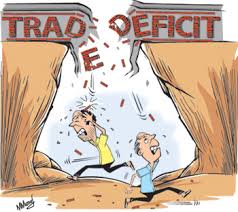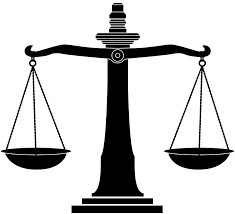Foreign exchange rate is defined as the ratio of exchange between the currencies of two countries.Foreign exchange or external value of the currency is also the price of one currency in terms of other currency.For example, exchange rate of rupee in terms of dollars is 1$=Rs 63.81 (on 7 august 2015).
The equilibrium exchange rate is determined by the intersection of demand and supply curves of foreign exchange.
The main types of exchange rate are as follows :-
A) Fixed exchange rate system
Under this system the monetary authority i.e.the central bank or RBI of a country fixes the exchange rate at which all the exchange transactions are held.RBI may buy or sell currencies to maintain a particular exchange rate or may take a policy decision to revaluate or devaluate the rupee.
B) Flexible exchange rate system
Flexible, fluctuating kr floating exchange rates are determined by the market forces of demand and supply of currencies.The monetary authorities do not interfere in the market of foreign exchange to influence the exchange rate. In cases of excess demand or excess supply of a currency the equilibrium will be restored automatically by either depreciation or appreciation of the exchange rate.
C) Hybrid exchange rate systems
Nowadays,the hybrid foreign exchange rate that combine some of the characteristics of fixed and flexible exchange rate systems is in practice and is as follows :-
- Managed floating exchange rate system
Under this system the monetary authorities can intervene in the foreign exchange markets to maintain or smooth out short run fluctuations without attempting to affect the long run trend in exchange rate. This is done by either decreasing or increasing the country’s foreign exchange reserves. It is also called the policy of ‘leaning against the wind’.
This policy has number of variants:-
- Adjustable peg
All fixed exchange rate systems usually allow the exchange rate to fluctuate narrowly between defined limits. An adjustable peg system requires countries to periodically change their exchange rates when they are in balance of payments disequilibrium.
- Crawling pegs
Crawling peg or sliding or gliding parities was devised to overcome the disadvantage of adjustable peg system (relatively large fluctuation in par values and possible destabilizing speculation).Under this system the par values are changed by small amounts or percentages which are preannounced at frequent or specified intervals, until the equilibrium exchange rate is reached.
- Clean float system
The exchange rate under this system is determined by free market forces of demand and supply of foreign exchange. There is no intervention from monetary authority.
- Dirty float system
The exchange rate is determined by free market forces of demand and supply of foreign exchange but monetary authorities intervene from time to time to control the excessive fluctuations prevailing in the market.
- Filthy float system
In this system the monetary authorities are forced to intervene to smooth out the violent fluctuations in the market.
- Joint float system
In this system a group of countries have a joint float against other countries but have an adjustable peg system between their own currencies. For example, it is prevalent in European Monetary System.





10 Comments. Leave new
Informative!!
Great efforts! nice work 🙂
very well detailed!
Great effort!!
Informative.
Very Well Written 😀
Very well written ?
Very informative!
informative article
thank you everyone!!